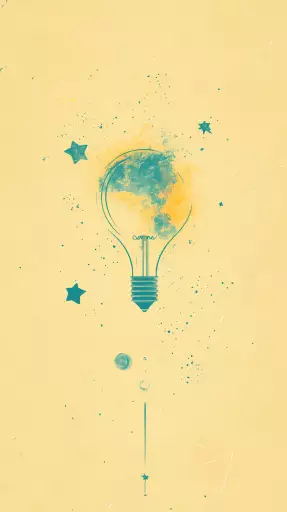Explore the Best AI Image Gallery

AI: The Artists New Brush - Exploring the Impact of AI on Graphic Design
The realm of graphic design is undergoing a seismic shift with the advent of artificial intelligence (AI). No longer confined to the realms of science fiction, AI tools are now actively reshaping how designers conceptualize, create, and execute visual communication. From generating stunning visuals to streamlining tedious tasks, AI is proving to be a powerful ally for graphic designers, ushering in a new era of creative possibilities.
Unlocking Creative Potential: AIs Applications in Graphic Design
AI algorithms are demonstrating remarkable capabilities in various facets of graphic design:
- Logo Design: AI-powered platforms can analyze brand preferences, industry trends, and even generate unique logo concepts based on textual descriptions.
- Image Generation: With tools like DALL-E 2 and Midjourney, designers can conjure realistic or abstract images from simple text prompts, pushing the boundaries of visual imagination.
- Typography Exploration: AI can assist in selecting harmonious font pairings, suggesting alternative styles, and even generating custom fonts tailored to specific brand identities.
- Layout Optimization: Algorithms can analyze design principles and suggest optimal layouts for brochures, websites, or posters, ensuring visual coherence and impact.
- Color Palette Generation: AI can analyze trends and emotions associated with colors to generate palettes that align with a brands message and target audience.
Streamlining the Workflow: AI as a Design Assistant
Beyond creative generation, AI is transforming the design workflow by automating tedious tasks:
- Image Editing: AI-powered tools can automatically remove backgrounds, enhance image quality, and even retouch portraits with remarkable accuracy.
- Content Creation: AI can assist in generating captions for social media posts, writing website copy, or crafting email marketing content, freeing up designers time for more strategic tasks.
- Asset Management: AI can organize and tag design assets, making it easier to find and reuse elements across projects, improving efficiency.
Ethical Considerations: Navigating the AI Landscape
As with any powerful technology, AI in graphic design raises ethical considerations that require careful attention:
- Copyright and Intellectual Property: Questions arise regarding the ownership of AI-generated artwork and how to protect the rights of human creators.
- Bias and Representation: AI algorithms can perpetuate existing biases if trained on datasets that lack diversity. Its crucial to ensure AI tools promote inclusivity and fair representation.
- Transparency and Explainability: Understanding how AI makes design decisions is essential for building trust and accountability.
The Future of Design: A Collaborative Evolution
The future of graphic design lies in a harmonious collaboration between human creativity and AI capabilities. AI will serve as a powerful tool, augmenting designers skills and empowering them to explore new frontiers.
- Personalized Design Experiences: AI can enable highly personalized designs tailored to individual user preferences and contexts.
- Real-Time Design Collaboration: AI-powered platforms can facilitate seamless collaboration among designers, clients, and stakeholders, fostering innovation through shared ideation.
- Immersive Design Environments: AI will play a role in creating immersive design environments, allowing users to interact with designs in virtual or augmented reality spaces.
Graphic designers who embrace AIs potential and navigate its ethical complexities will be at the forefront of this exciting evolution, shaping the future of visual communication.